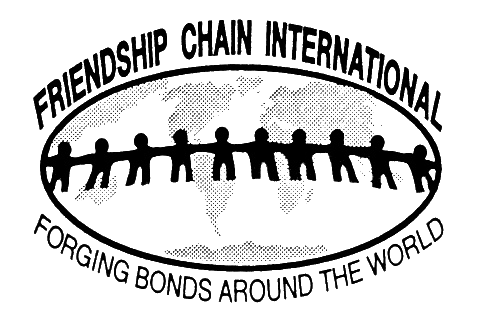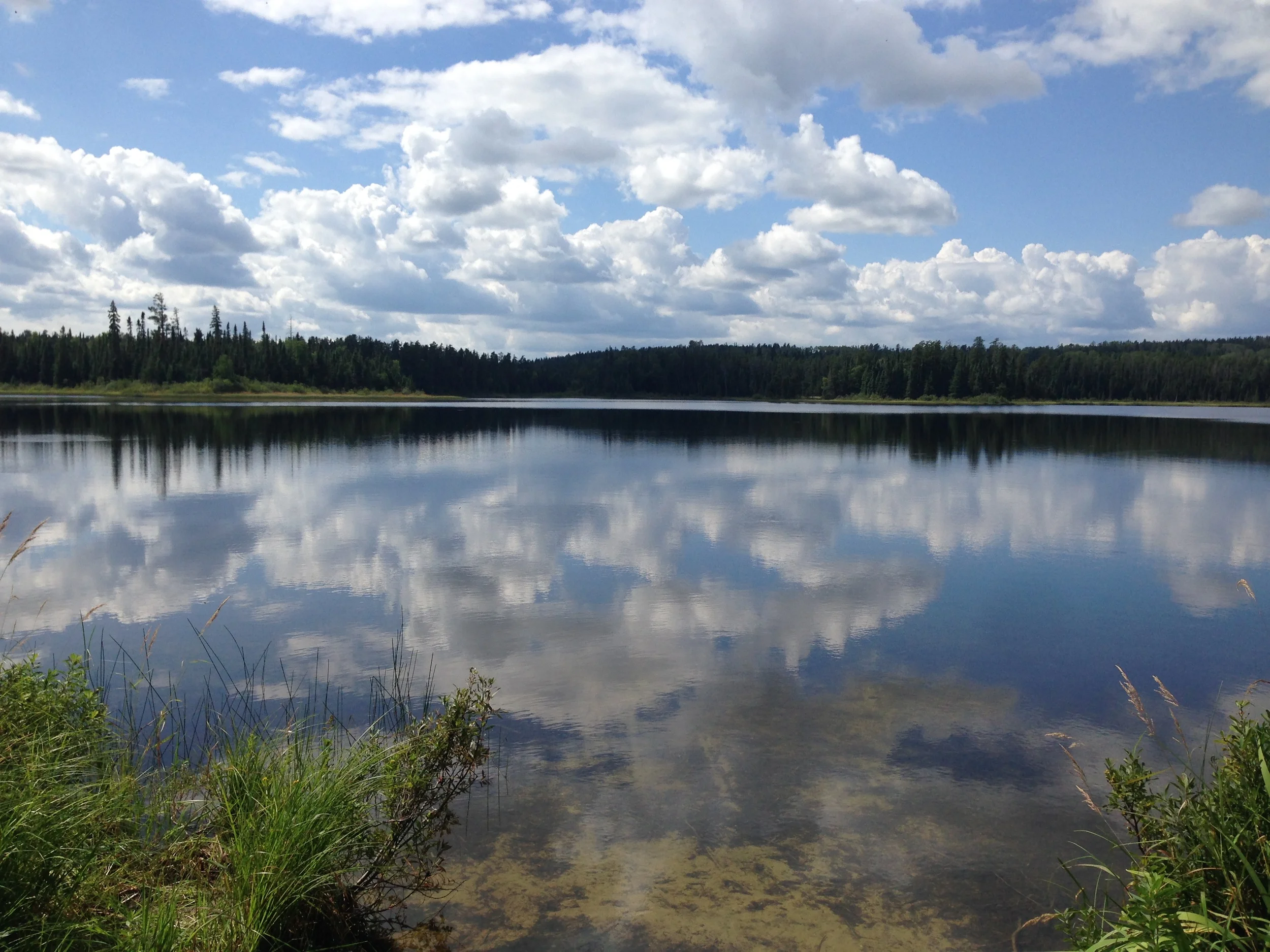Our "EduCultural" approach combnines the best of Educational and Cultural learning.
Educultural is a term used to refer to the diverse nature of our educational services, combining both the ethnic familial differences with a focused curriculum in a new and exciting envrionment. Learning a new language is coupled with emersion in a foreign and unique atmosphere, allowing for a full and well rounded experience.
Our activities are geared towards this historical and diverse area of Beautiful British Columbia.
Hells Gate
Hells Gate is an abrupt narrowing of British Columbia's Fraser River, located immediately downstream of Boston Bar in the southern Fraser Canyon. The towering rock walls of the Fraser River plunge toward each other forcing the waters through a passage only 35 metres (115 ft) wide. It is also the name of the rural locality at the same location.
For centuries the narrow passage has been a popular fishing ground for Aboriginal communities in the area. European settlers also began to congregate there in the summer months to fish. Eventually the Fraser Canyon became a route used by gold rush miners wishing to access the upper Fraser Basin. In the 1880s the Canadian Pacific Railway (CPR) built a Transcontinental railroad that passed along the bank at Hells Gate, and in 1911 the Canadian Northern Railway (CNR) began constructing a second track. In 1914 a large rockslide triggered by CNR construction fell into the river at Hells Gate, obstructing the passage of Pacific salmon wishing to swim upstream to spawn. Salmon had difficulty passing through the now swifter water, and were appearing in increased numbers downstream below the Hells Gate passage and in tributary rivers and streams that they had not inhabited before. In the winter of 1914 debris removal began, and in 1915 the river was pronounced clear
Historic Fort Langley
Historically the functional Fort Langley had a relatively short life. From beginning to end it lasted some 60 years. The original structure was built by the Hudson's Bay Company in 1827. Due to circumstances resulting from an agreement with the Russian American (Fur) Company more emphasis was placed on the farming operation and the Fort was rebuilt 4 kilometers upstream (east) in 1839. Shortly thereafter it burned down and was rebuilt again in 1840.
Gastown
Gastown was Vancouver's first downtown core and is named after "Gassy" Jack Deighton, a Yorkshire seaman, steamboat captain and barkeep who arrived in 1867 to open the area's first saloon. The town soon prospered as the site of Hastings Mill sawmill, seaport, and quickly became a general centre of trade and commerce on Burrard Inlet as well as a rough-and-rowdy resort for off-work loggers and fishermen as well as the crews and captains of the many sailing ships which came to Gastown or Moodyville, on the north side of the inlet (which was a dry town) to load logs and timber. The Canadian Pacific Railway terminated on piles on the shore parallel to Water Street in 1886. From this the area became a hive of warehouses. Part of Gastown, that of Carroll Street was particularly swampy owing to it being low ground between False Creek and Burrard Inlet. Bridges overcame this obstacle and the low ground and beach was slowly filled in with refuse. In 1886, the town was incorporated as the City of Vancouver. It fell victim to the "Great Vancouver Fire" that same year, losing all but two of its buildings. The area was completely rebuilt and continued to thrive. As said Hastings and Main was the traditional centre of town, and the foreshore became an important staging area with the North and West Vancouver Ferries, and Union Steamships all having docks there. Evans, Coleman, Evans a longtime merchandiser had a warehouse; also, Fleck Brothers, and Koret distributors had buildings. Department stores such as Spencer's, Hudson's Bay Company warehouse, Woodward's, Fairbanks Morse, Army and Navy stores, and food retailers Malkins and Kelly Douglas traded and were based there.
Granville Island
The city of Vancouver was once called Granville until it was renamed in 1886, but the former name was kept and given to Granville Street, which spanned the small inlet known as False Creek. False Creek in the late 19th century was more than twice the size it is today, and its tidal flats included a large permanent sandbar over which spanned the original, rickety, wooden Granville Street bridge. This sandbar, which would eventually become Granville Island, was first mapped by Captain George Henry Richards in the British Boundary Commission's naval expedition in 1858-59, and the island today conforms roughly to the size and shape documented at that time.A British Admiralty Chart of 1893 shows the island in greater detail and conforming even more accurately to today's Granville Island.
The first attempt to stabilize the sandbar and turn it into an island was the driving of piles around the perimeter was an unofficial attempt to create some free real estate shortly after the creation of the original Granville Street bridge in 1889. The Federal government put a stop to the work as a menace to navigation, but the piles are still visible in a photo taken in 1891.
In 1915, with the port of Vancouver growing, the newly formed Vancouver Harbour Commission approved a reclamation project in False Creek for an industrial area. A 35 acres (14 ha) island, connected to the mainland by a combined road and rail bridge at its south end, was to be built. Almost 1 million cubic yards (760,000 m³) of fill was dredged from the surrounding waters of False Creek to create the island under the Granville Street Bridge. The total cost for the reclamation was $342,000. It was originally called Industrial Island, but Granville Island was the name that stuck, named after the bridge that ran directly overhead.





